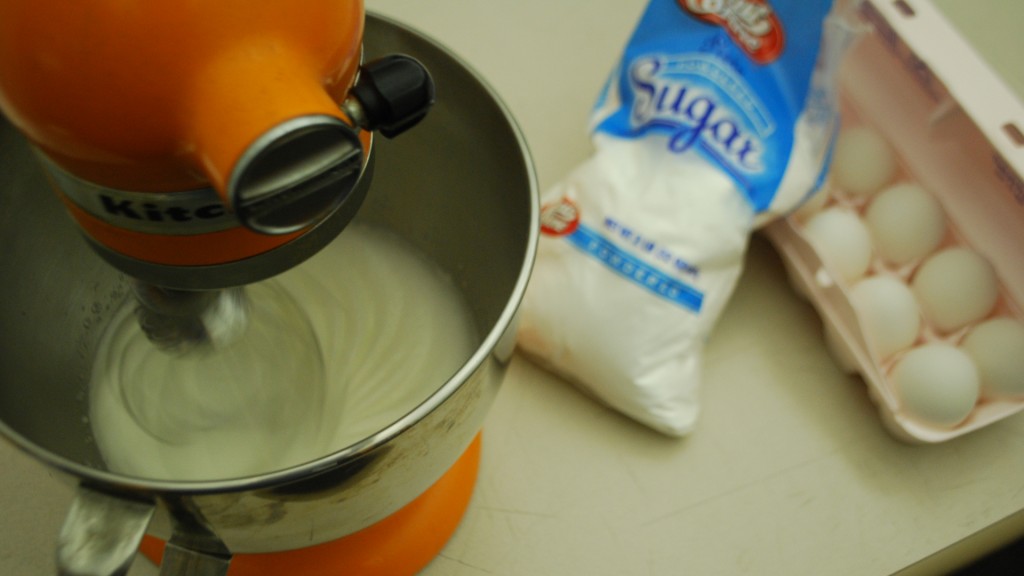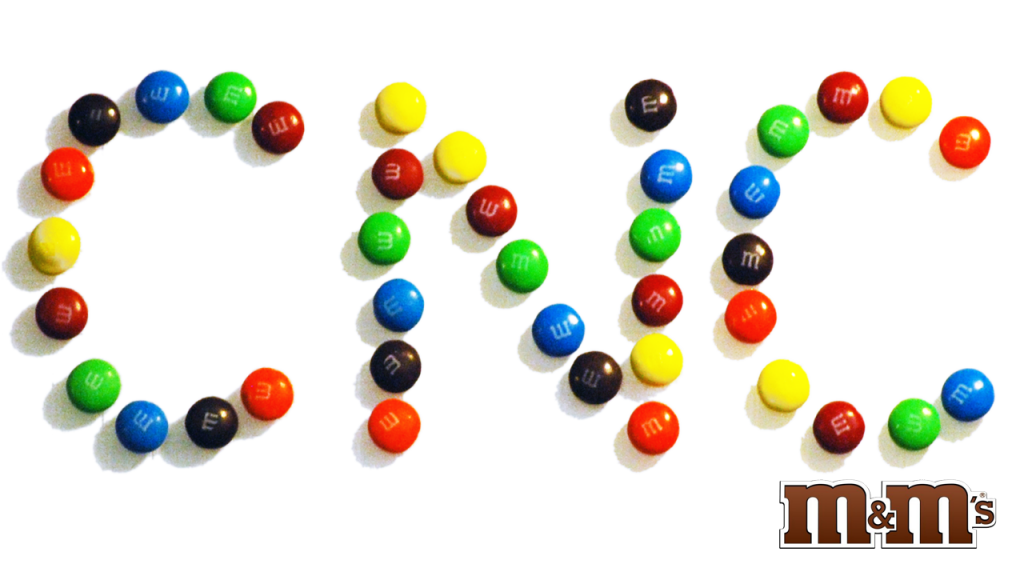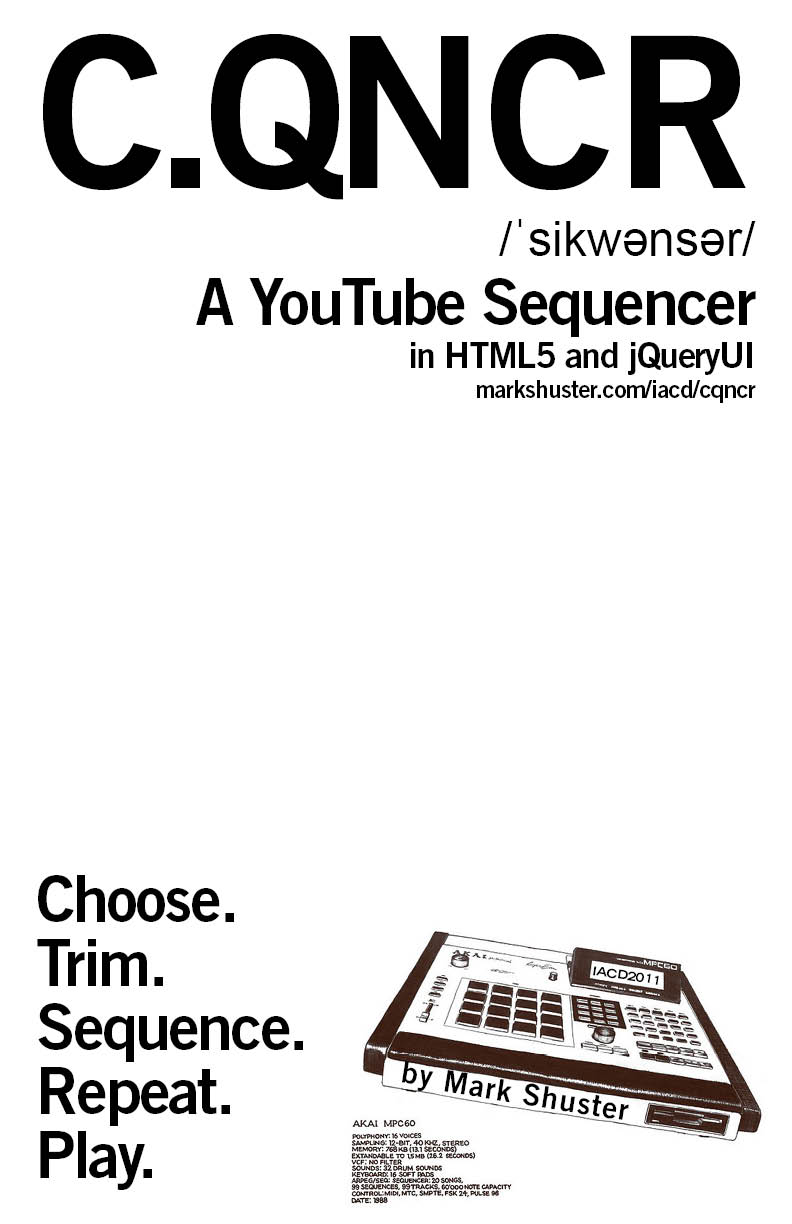Eric Brockmeyer – Final Project – CNC M&M’s
INTRODUCTION
CNC M&M’s explores the possibilities of integrating computational design, digital fabrication, and food. Inspired by the field of Molecular Gastronomy, this project is meant to be a first step towards precise control of cooking tools bridging the gap between the science and the art of cooking.
This machine uses a standard household vacuum connected to a tabletop CNC router to ‘pick and place’ M&M’s in a desired pattern. The software can convert images into ‘pixel’ based representations and exports G-Code (machine instructions) automatically.
To ‘feed’ M&M’s repeatedly to the machine, an automated hopper was designed and built. The hopper uses a stepper motor and photoresistor which senses when an M&M is picked up and automatically serves up the next piece.
INSPIRATION
Cornell Universal Gripper
These Cornell researchers have created a novel solution using (ironically) a food product as a mechanism for gripping odd shaped objects. The bladder is filled with coffee grounds which can lock together or move smoothly past their neighbors depending on the pressure in the bladder. This thoughtful and resourceful solution may not have inspired the vacuum pick and place but it is similar in it’s purpose of picking and placing misshapen objects.
Herve This
Herve This is the so-called ‘father’ of Molecular Gastronomy. This describes the differences between the Science, Technology, Art and Craft of cooking. I was inspired by the intersection of these areas particularly between technology and craft. CNC M&M’s is a first attempt at understanding these differences.
CNC MERINGUE – A FIRST ATTEMPT
I began the CNC Food experiments trying to control meringue peaks by whipping them and pulling them up in a controlled manner. Unfortunately this experiment was mostly unsuccessful. The Meringue set too quickly and the various tools created to deform the foam were unsuccessful in whipping and pulling the foam.

Mixing meringue.

Attempt at pushing and pulling meringue peaks.
CNC Meringue from eric brockmeyer on Vimeo.
CNC M&M’s
After the meringue failed I switched to a pick and place M&M project. This was an effort to utilize the Openframeworks G-Code Generator and to create a finished product.
CNC M&M’s Update from eric brockmeyer on Vimeo.
CONCLUSION
This was a good first step in exploring CNC technology/food/and creative interfaces. Future work will focus on new and different interfaces to control the CNC equipment. A focus on different cooking tools and techniques that may effect food on a molecular level. And finally I would like to push the CNC M&M work further by building three dimensional shapes using M&M’s as bricks and icing as mortar.
his purpose.
I’m pleased with the outcome as far as the project has gone so far. I would have liked to have built a full machine specific to the food or process I was experimenting with rather than adapting a CNC router meant for circuit boards.





